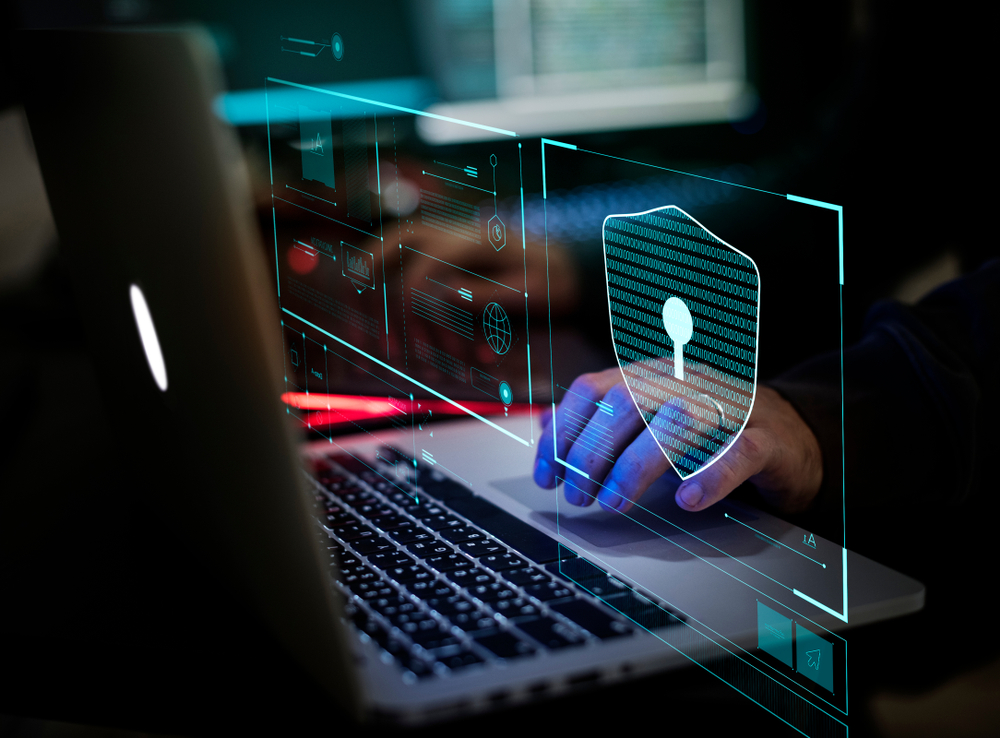Why Digital Security Is a Big Deal

Keeping our identities, information, and activity online private is basic digital security. How do we keep safe in an ever-evolving digital ecosystem?
Real-life continues to revolve around using the internet daily and conducting our business online. We make countless financial transactions through our computers and smartphones. We interact with strangers, co-workers, friends, and family alike through our screens. With the vast amount of data being transmitted and exchanged daily, we need to keep safe in cyberspace by protecting our identities, information, and activity online.
Virtually anything shared online can be accessed, and therefore exploited. Using the internet responsibly means being careful about providing personal information such as one’s real name, phone number, address, and social security number. This extends to being vigilant about one’s financial information such as PINs, account numbers, and credit and debit card numbers.
Data and information are practically gold, and whoever has access to these becomes very powerful. Like real life, the internet is chock-full of people that may take advantage of what others have, and steal sensitive information for unsavory and unethical purposes. Cybercrime runs the gamut from identity theft to large-scale data breaches. This is why digital security and cybersecurity have become increasingly vital.
Digital security covers resources that help users keep this sensitive information private. It protects one’s identity (whether online or in real life), assets, and activity safe from being accessed by other people. Many tools are used for basic digital security such as commercial web services and programs, anti-virus software, SIM cards on our smartphones, and even biometric devices at our offices.
On the other hand, cybersecurity’s scope is wider. Where digital security covers data privacy on a personal level, cybersecurity is concerned with whole networks and systems, and all the information contained in those networks and systems.

New Threats, New Vulnerabilities, New Modes of Defense
The more advanced our devices get, the more ways there are to become exposed to vulnerabilities. Our computers, tablets, smartphones, and now even our cars can all become vulnerable to threats.
As more of these devices become smarter through artificial intelligence and deep learning, these advancements can also become tools with which to steal information. Our smartphones become vulnerable to malware. Even virtual information storage systems such as Cloud can become susceptible to attacks. Now, modern businesses face the challenge of securing remote workers, cloud environments, and threats of ransomware.
(Also read: How To Protect Yourself From Ransomware)
Tech writers have observed the targets of cyberattacks are changing, and the way these attacks are being carried out is becoming more sophisticated. From ransomware to massive data breaches, the effects of these range from inconvenient to catastrophic.
These days, cybersecurity experts recommend integration of digital and physical security systems be implemented in organizations and companies. Identity and access management (IAM) have become key priorities, and new strategies are being created to address the increase in cybersecurity issues stemming from the work-from-home policy implemented because of the pandemic.
A few of these new strategies and trends that have been identified include embedded hardware authentication, which is an emerging technology that goes beyond the security of having a PIN and a passcode. Intel was one of the first companies that utilized this back in 2016, and the technology continues to be refined today.
Another emerging trend makes use of AI, deep learning, and behavioral analytics. AI and deep learning build on how two-factor authentication works by confirming the user’s identity based on two or three parameters: what they are, know, and have. On the other hand, deep learning makes use of algorithms based on the human brain to process complex and unstructured information such as images. Cybersecurity systems equipped with AI have become sophisticated enough to detect new attacks and notify admins immediately of data breaches.
Blockchain is emerging as a popular cybersecurity technology. Because it automates data and is transparent, blockchain technology is an ideal tool for cybersecurity. According to IT Business Edge, blockchain can “be used to develop a standard security protocol, as it is a sounder alternative to end-to-end encryption.” It can also be effective in preventing Distributed Denial of Service (DDos) attacks by decentralizing Domain Name System (DNS) entries.
The Zero Trust Model meanwhile takes the“Trust No One” philosophy to its most vigilant level. This system operates on the worst-case scenario premise that the system or an organization’s network has already been compromised. This framework requires all users to be constantly authenticated, authorized, validated and monitored.
The Weakest Link
Some cybersecurity experts say that the weakest link in digital security can be found between the keyboard and the chair. Human error and one’s carelessness are still two of the largest factors when it comes to vulnerabilities online.
Digital security professionals are consistent in their message to ordinary online users to practice proper online hygiene, which includes changing one’s passwords often and avoiding sharing these with others. It sounds simple enough, but because we know the internet is an unsafe place, it’s a message worth repeating and remembering.
As one of the Top 19 EMS companies in the world, IMI has over 40 years of experience in providing electronics manufacturing and technology solutions.
We are ready to support your business on a global scale.
Our proven technical expertise, worldwide reach, and vast experience in high-growth and emerging markets make us the ideal global manufacturing solutions partner.
Let's work together to build our future today.
Other Blog




